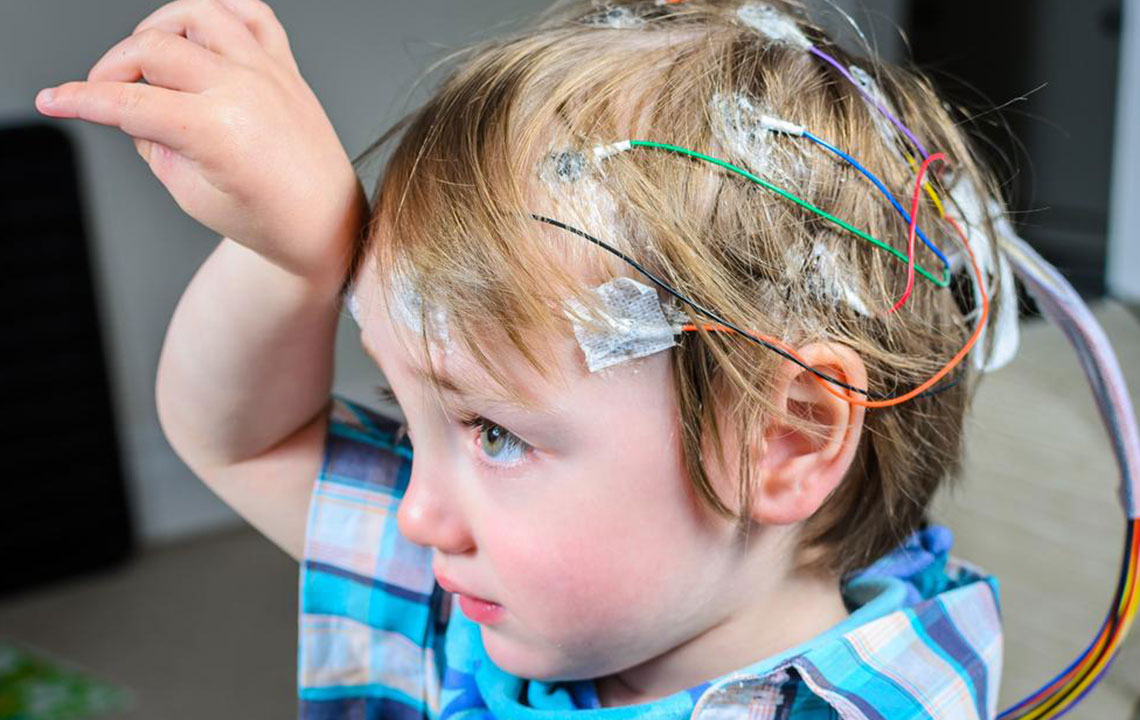Comprehensive Guide to Assisting Someone During an Epileptic Seizure
This comprehensive guide provides essential steps and tips for assisting someone during an epileptic seizure. From staying calm to ensuring safety and offering comfort post-seizure, learn how to respond effectively to protect and support individuals with epilepsy during a crisis, helping prevent injuries and easing their distress.

Essential Steps for Providing Effective Assistance During an Epileptic Attack
Epilepsy is a neurological disorder that significantly impacts millions of individuals worldwide, affecting their quality of life through recurrent seizures and associated challenges. Understanding how to respond appropriately during an epileptic seizure is crucial for bystanders, caregivers, and friends. Proper assistance can prevent injuries, reduce anxiety, and support the individual’s safety during a crisis. This detailed guide offers valuable insights and practical steps on how to effectively assist someone experiencing an epileptic episode, ensuring safety and comfort for the person affected.
Stay Calm and Composed - When witnessing an epileptic seizure, your first reaction should be to remain calm. Seizures can be alarming and distressing, especially if you are unfamiliar with the signs. Your calm demeanor plays a vital role in reassuring the individual and creating a safe environment. Panic can lead to unnecessary disturbances or missteps, so take a deep breath and focus on helping effectively. Remember, most seizures last only a few minutes, and your composed attitude can significantly impact the outcome.
Monitor the Duration of the Seizure - Carefully observe how long the seizure persists. Use your watch or a timer to keep track. If the seizure lasts longer than five minutes, or if multiple seizures occur consecutively without allowing the person to regain consciousness, seek emergency medical assistance immediately. Prompt medical intervention can be lifesaving in such cases. Documenting the duration can also be helpful for healthcare professionals during diagnosis and treatment planning.
Ensure a Safe Environment - Clear the surrounding area of sharp or hard objects, furniture, or anything that could potentially cause injury if the person falls or thrashes. Moving furniture away creates a safe space for the person during the seizure. Additionally, it is important to keep spectators at a respectful distance to avoid crowding, which can increase the individual's anxiety and complicate rescue efforts.
Refrain from Inserting Anything into the Mouth - A common misconception is that placing objects or fingers into the person's mouth can prevent choking. However, this is extremely dangerous and can cause severe injuries, including broken teeth, jaw injuries, or choking hazards. Allow the seizure to run its natural course without interference in this regard.
Protect from Injury - Gently support the person to prevent falls and injuries. Do not restrain their movements forcibly; instead, guide their head and body to minimize hitting nearby surfaces. If possible, place a soft material or cloth under their head to cushion any head movements and help avoid head trauma.
Loosen Tight Clothing and Maintain Airway Patency - Loosen any tight accessories around the neck or waist to ease breathing. Do not attempt to restrain or hold down the person too tightly, as this can cause harm. If the individual is in a confined space, help them move to a more open area if it's safe to do so, ensuring their safety during and after the seizure.
Offer Comfort and Reassurance Post-Seizure - Once the seizure concludes, the individual may be confused, disoriented, or exhausted. Speak softly and reassuringly, offering comfort and reassurance. Stay with them until they regain full awareness and stability. They might experience embarrassment, fear, or fatigue, and your supportive presence can aid in their emotional recovery.
Follow-Up and Medical Assistance - After ensuring safety, encourage the individual to sit or lie down in a comfortable position. If they have a known epilepsy diagnosis and a healthcare plan, ensure they follow their prescribed protocols. If this is the first seizure or if you have concerns about their health, seek medical attention promptly. Providing detailed information about the seizure, including duration and symptoms, helps healthcare providers determine the appropriate treatment options.
Understanding how to respond effectively during an epileptic seizure is critical for safeguarding the health and well-being of those affected. Proper knowledge reduces panic, prevents injury, and supports recovery. Always remember that most seizures are self-limiting, but certain circumstances require urgent medical care. By staying calm, observing carefully, and providing appropriate support, you can make a meaningful difference in the lives of individuals with epilepsy and help foster a safer environment for everyone.




